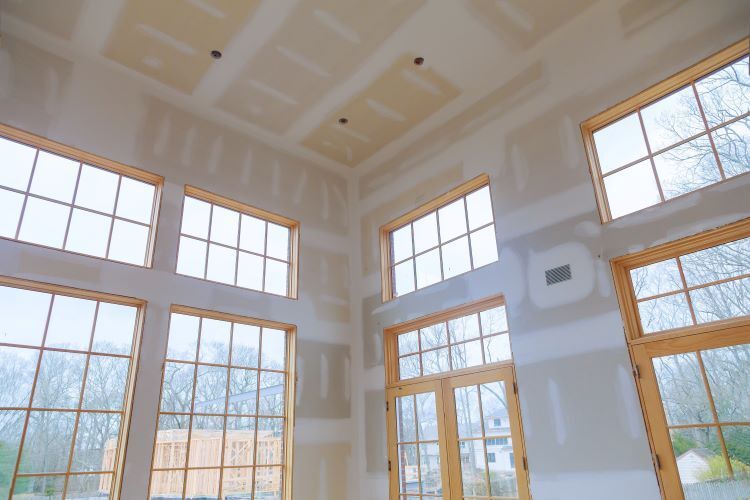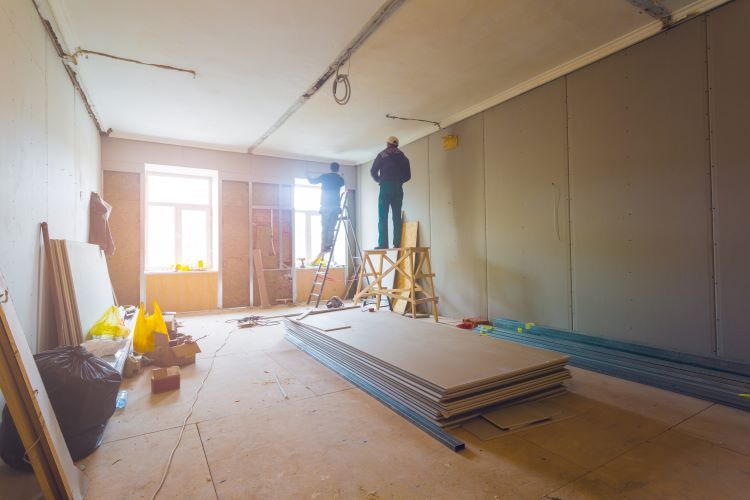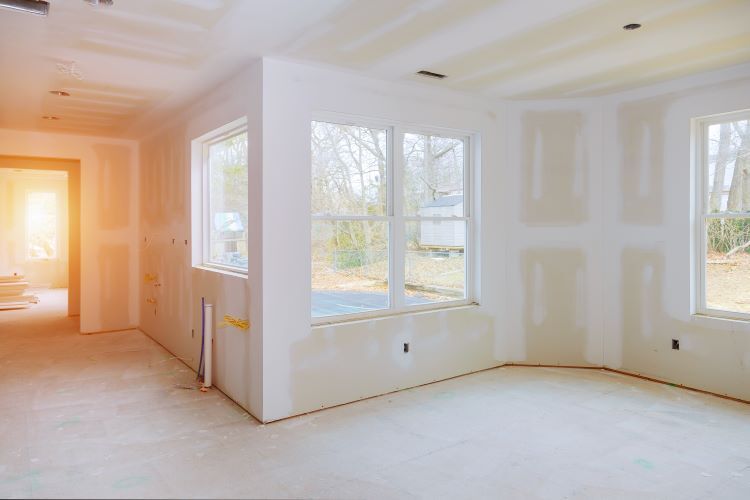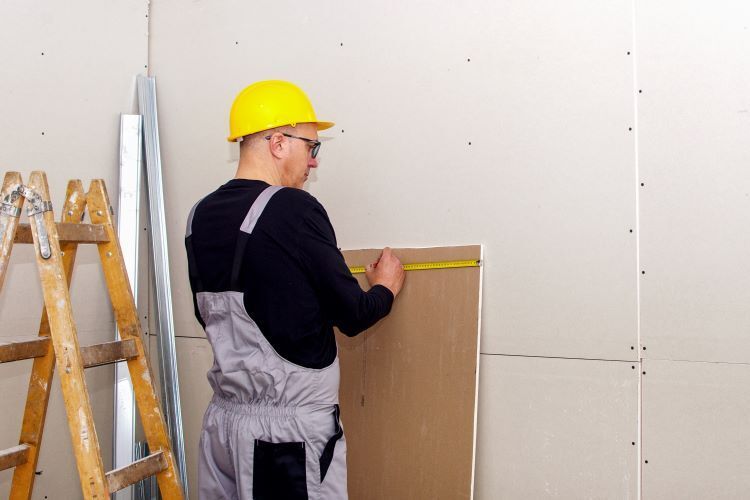Residential vs Commercial Drywall Services

When it comes to drywall services, there are significant differences between residential and commercial projects. At Saskatoon Drywallers, we specialize in both, understanding the unique needs and challenges that each type of job presents. Here, we’ll explore the key differences between residential and commercial drywall services to help you understand what each entails and why it’s important to hire experts for your specific needs.
Scale and Scope of Projects
Residential Drywall Services
- Project Size: Typically involve smaller projects such as single-family homes, townhouses, and apartment units.
- Scope of Work: Includes tasks like drywall installation, repair, and finishing for individual rooms or entire homes.
- Customization: Often requires a high level of customization to match the homeowner's preferences and the existing decor.
Commercial Drywall Services
- Project Size: Involves larger-scale projects such as office buildings, retail spaces, warehouses, and industrial facilities.
- Scope of Work: Encompasses extensive drywall installation, including large open spaces, multiple floors, and specialized areas like conference rooms or cafeterias.
- Efficiency: Focuses on meeting tight deadlines and ensuring minimal disruption to business operations.
Materials and Techniques
Residential Drywall Services
- Materials Used: Standard drywall materials, such as gypsum boards, are commonly used, with occasional use of moisture-resistant or soundproof drywall in specific areas like bathrooms or media rooms.
- Techniques: Standard installation techniques, including taping, mudding, and sanding, are applied to achieve a smooth finish.
Commercial Drywall Services
- Materials Used: Often require specialized materials, including fire-rated drywall, impact-resistant drywall, and soundproof drywall, to meet building codes and regulations.
- Techniques: Advanced techniques and tools are employed to handle the scale and complexity of commercial projects, such as using scaffolding for high ceilings or specialized lifts for large panels.
Building Codes and Regulations
Residential Drywall Services
- Regulations: Must comply with local building codes, which generally have specific requirements for residential properties.
- Permits: Usually require fewer permits compared to commercial projects, but still need to pass inspections to ensure safety and quality.
Commercial Drywall Services
- Regulations: Must adhere to stricter and more extensive building codes, including fire safety, accessibility, and structural integrity requirements.
- Permits: Involve obtaining multiple permits and undergoing frequent inspections to comply with various regulations, which vary depending on the type of commercial building and its intended use.
Timeline and Budget
Residential Drywall Services
- Timeline: Generally have a shorter timeline, with projects completed within weeks or a few months.
- Budget: Budgets are often more flexible and can vary significantly based on the homeowner’s choices and customization needs.
Commercial Drywall Services
- Timeline: Projects can span several months to years, depending on the size and complexity of the building.
- Budget: Typically have larger budgets, with a strong focus on cost efficiency and staying within financial constraints while meeting all regulatory requirements.
Expertise and Experience
Residential Drywall Services
- Expertise: Requires expertise in creating aesthetically pleasing finishes, matching textures, and blending repairs seamlessly with existing structures.
- Experience: Professionals with experience in residential settings can offer personalized service and attention to detail.
Commercial Drywall Services
- Expertise: Demands a higher level of expertise in handling large-scale projects, managing teams, and ensuring compliance with commercial standards.
- Experience: Requires experienced contractors who can coordinate with other trades, manage project timelines, and deliver high-quality results on a larger scale.
Conclusion
Whether you’re working on a new home or a large commercial building, understanding the differences between residential and commercial drywall services is crucial. At Saskatoon Drywallers, we have the expertise and experience to handle both types of projects, ensuring top-quality workmanship and customer satisfaction.
Contact us today to discuss your drywall needs and let us help you achieve the perfect finish for your space.
You might also like


